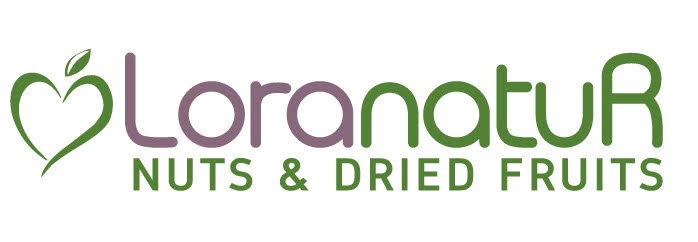“Token” and “Cryptocurrency” are often used interchangeably; all cryptocurrencies are tokens, but not all tokens are cryptocurrencies. Token, in the context of ERC-20 compliance, simply means a blockchain representation of something that meets the standards set by the Ethereum community to be considered a smart contract standard-compliant token. This means that other tokens can run on top of it, and decentralized applications (dapps) can be built atop it using smart contracts. ERC20, which stands for “Ethereum Request for Comments 20,” is a technical standard used for issuing and managing tokens on the Ethereum blockchain.
By leveraging Ethereum’s robust infrastructure, an ERC20 token inherits the scalability and security features of the Ethereum blockchain, facilitating efficient transactions and smart contract execution. Another thing you need to know about tokens is that they are not held by accounts. Tokens exist in contracts, which function like decentralized databases that map tokens to the appropriate Ethereum address. Also, it is the token contract that governs and specifies the rules that apply to a given token.
ICOs, DeFi, and Beyond
- Without a standardized token methodology, there wasn’t a way to ensure that all the different tokens could be created, used, or exchanged by everyone using the blockchain.
- Its lenient requirements, combined with plenty of upsides, resulted in it becoming the gold standard when it comes to token creation on the Ethereum blockchain.
- Another purpose of Polygon is to connect different chains into a multi-chain system, with the MATIC token used for governance and security.
- It has helped to establish a foundational standard for token interoperability, enhancing efficiency and accessibility for decentralized applications and exchanges.
It’s a bit like watching the internet evolve – you know it’s going to be big, but you can’t quite picture exactly what it will become. Audits are essential to identify and fix potential issues before deployment. It’s like https://ai-robert.com/ building a house – you need to make sure the foundation is solid before you start adding walls. Formal verification methods can also be used to mathematically prove the correctness of a smart contract.
To do so, tap ‘Buy’ from the Home Screen, then select the token to purchase and payment method. The Ethereum community, powered by the Ethereum Virtual Machine (EVM), continues to innovate with new tokens and newer standards such as ERC-1400 and ERC-998. Showing a commitment to adapt to the diverse and evolving needs of token users and creators.
What Are ERC-20 Tokens, Gas, ETH? Ethereum’s Architecture Explained
This is quite straightforward as well, if you follow the following instructions. On May 23, 2024, the Securities and Exchange Commission approved a rule change to allow exchange-traded funds to buy and hold ether on behalf of U.S. investors. Following the procedure used by the Ethereum developer community at the time, the proposal was approved and implemented in 2017 as Ethereum Improvement Proposal 20 (EIP-20).
What Does ERC20 Mean?
It also serves as a governance token that enables users to participate in protocol governance. ERC-20 tokens can be stored and managed using a wide range of Ethereum wallets, ensuring easy access for users across different platforms and device types. Although not mandatory, these three functions may be useful to users and developers alike that may interact with the specific coin. For example, the name and symbol can help identify the token so users don’t accidentally buy or send the wrong one. As the network continues to grow, we can expect to see ERC-20 tokens gain more utility.
This not only allows developers to use tokens and contracts that have already been created, but it allows them to be easily inspected by interested parties, increasing transparency and trust in the system. Staking involves actively participating in transaction validation (similar to mining) on a PoS-based blockchain. Users who hold the minimum required balance of a specific cryptocurrency can validate transactions and earn rewards. These rewards are set by the network and are then sent to the user’s wallet. At its core, the ERC20 standard defines a common list of rules that an Ethereum token has to implement, giving developers the ability to program how new tokens will function within the Ethereum ecosystem.
If you’re creating a currency or a token that needs to be easily divisible and interchangeable, ERC-20 is probably your best bet. If you’re creating unique digital assets, like art or collectibles, ERC-721 is the way to go. And if you need a mix of both, or you want to save on gas fees by bundling different types of tokens into a single contract, ERC-1155 might be the answer.
